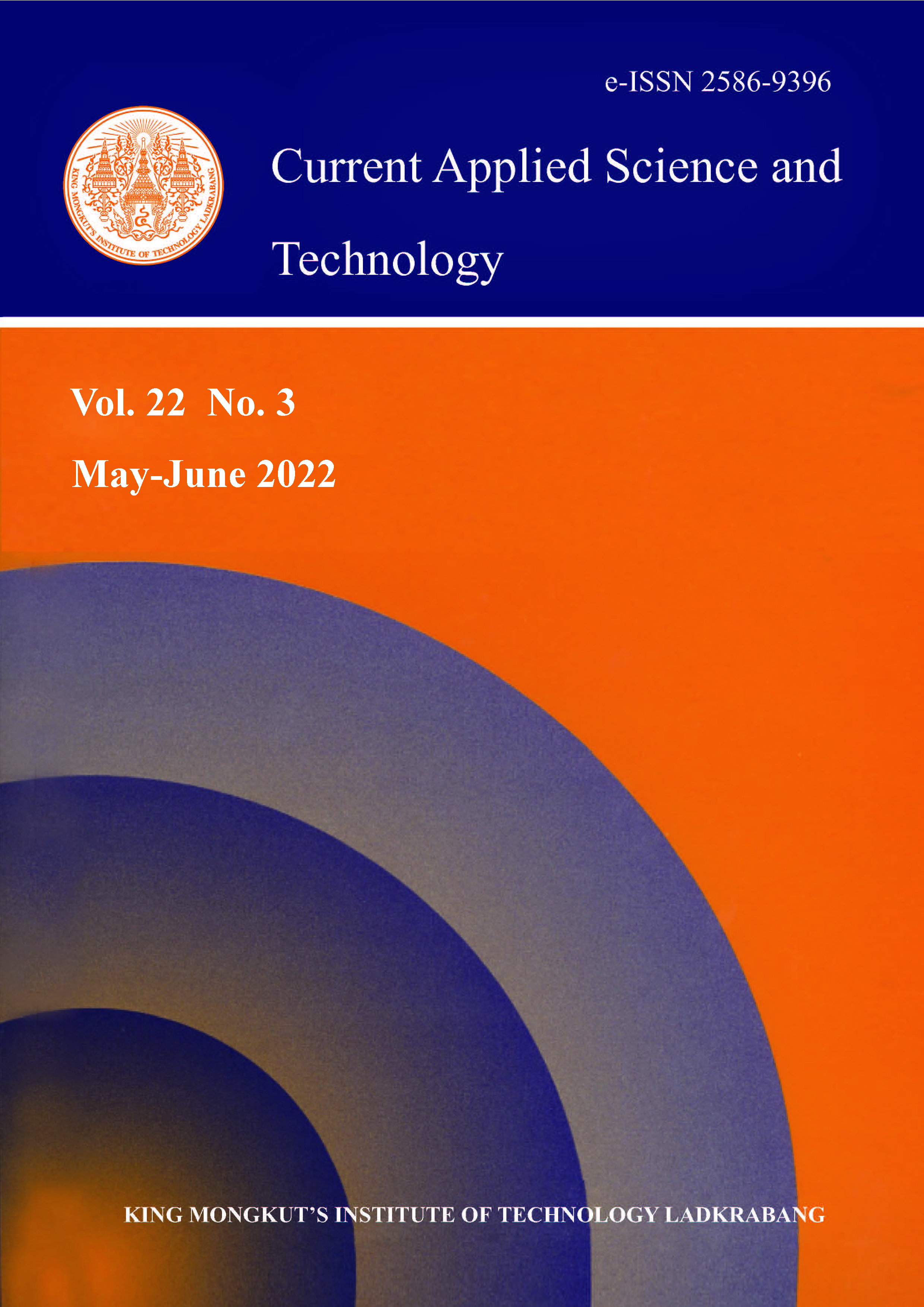Optimal Control Analysis of Three Control Factors on Susceptible and Infected Compartments for Computer Viruses in a Computer Network
Main Article Content
Abstract
Computer viruses can cause significant damage to computer systems, and that damage can lead to loss of data and financial losses for computer users. To deal with computer viruses and to avoid them in the future, system can be updated and better antivirus software installed. Someone experts can remove viruses without antivirus software and fix infected computers that have serious and great damage. In this paper, we consider three types of control to deal with infected systems and preventing further spread of viruses: the installation of antivirus software on infected computers, the installation of antivirus software on susceptible computers, and the cleaning and repairing of infected computers without the use of antivirus software. We proposed a model that had three equilibrium points: two virus-free and one endemic. Pontryagin’s maximum principle was used to solve the problem of optimal control in our model. Some numerical simulations showed that an acceleration in the declining number of infected computers can be achieved by giving control factors on susceptible and infected computers. Furthermore, an increase in relative weights will result in fewer control factors and vice versa.
Keywords: computer viruses model; equilibrium points; optimal control; pontryagin maximum principle
*Corresponding author: Tel.: +62 816 420 4821
E-mail: benny_y@unpar.ac.id
Article Details
Copyright Transfer Statement
The copyright of this article is transferred to Current Applied Science and Technology journal with effect if and when the article is accepted for publication. The copyright transfer covers the exclusive right to reproduce and distribute the article, including reprints, translations, photographic reproductions, electronic form (offline, online) or any other reproductions of similar nature.
The author warrants that this contribution is original and that he/she has full power to make this grant. The author signs for and accepts responsibility for releasing this material on behalf of any and all co-authors.
Here is the link for download: Copyright transfer form.pdf
References
Qin, P., 2015. Analysis of a model for computer virus transmission. Mathematical Problems in Engineering, 2015, 1-10.
Cohen, F., 1987. Computer viruses: theory and experiments. Computers and Security, 6(1), 22-35.
Hu, Z., Wang, H., Liao, F. and Ma, W., 2015. Stability analysis of a computer virus model in latent period. Chaos, Solitons and Fractals, 75, 20-28.
Gan, C., Yang, X., Liu, W., Zhu, Q., Jin, J. and He, L., 2014. Propagation of computer virus both across the internet and external computers: a complex-network approach. Communications in Nonlinear Science and Numerical Simulation, 19, 2785-2792.
Chen, L., Hattaf, K. and Sun, J., 2015. Optimal control of a delayed SLBS computer virus model. Physica A: Statistical Mechanics and Its Applications, 427, 244-250.
Yang, L.X and Yang, X., 2014. A new epidemic model of computer viruses. Communications in Nonlinear Science and Numerical Simulation, 19, 1935-1944.
Piqueira, J.R.C. and Araujo, V.O., 2009. A modified epidemiological model for computer viruses. Applied Mathematics and Computation, 213, 355-360.
Zhang, C., Yang, X. and Zhu, Q., 2011. An optimal control model for computer viruses. Information and Computational Science, 13, 2587-2596.
Pontryagin, L.S., Boltyanskii, V.G., Gamkrelidze, R.V. and Mishchenko, E.F., 1962. The Mathematical Theory of Optimal Processes. New York: John Wiley and Sons.






